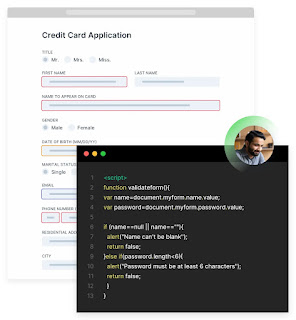3 Reasons Digital Fraudsters Might Target Your Organization

If your organization is working to expand its digital user base, exposure is a great strategy. But the wrong kind of exposure can make your business the perfect target for fraud rings, bot attacks , and other online threats. If you want to guard against these threats, you want to ensure your business doesn’t look like an appealing target. The world of online fraud detection has changed significantly in recent years. If you aren’t an expert, you might feel intimidated by this fast-paced, high-stakes game of cat-and-mouse. But with the right tools, you can secure growth for your company and keep the bad guys at bay—even if you don’t have a degree in computer science. As important as knowing how to detect fraud is, it’s also vital to know what not to do along the way. Here are three signs that digital fraudsters might target your business. You Use PII for ID Verification When it comes to authenticating new users, you simply can’t trust that people are always who they claim to be. You...





